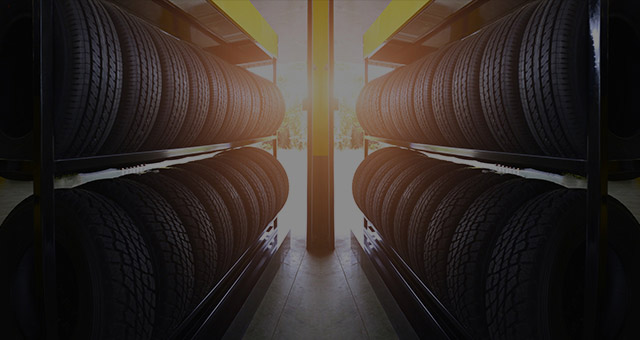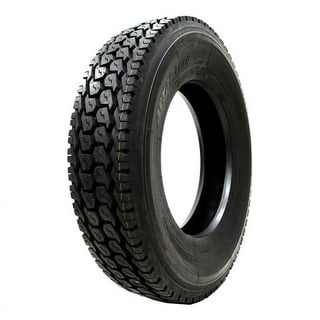Get Specialist Tire Provider at Tire Shop Morris: Contentment Ensured
Get Specialist Tire Provider at Tire Shop Morris: Contentment Ensured
Blog Article
Tire Solution: Recognizing Tire Stress Monitoring Equipments
Comprehending Tire Pressure Tracking Solutions (TPMS) is an essential aspect of preserving optimal vehicle performance and safety when traveling. With improvements in auto innovation, TPMS has actually come to be a basic feature in modern automobiles, giving real-time details on tire stress levels. Digging much deeper right into the ins and outs of TPMS, one can reveal the different parts that comprise this system and the relevance of each in making certain precise monitoring. From straight to indirect TPMS systems, the landscape of tire stress surveillance varies, each with its unique set of benefits and considerations. Stay tuned to decipher the complexities of TPMS, from maintenance ideas to the obvious advantages of keeping your tires effectively pumped up. morris tire and alignment.

Relevance of TPMS
The significance of Tire Pressure Tracking Systems (TPMS) hinges on their capacity to boost automobile security and efficiency via real-time tracking of tire stress degrees. Preserving the correct tire stress is important for making certain ideal handling, braking, and total security of a vehicle. TPMS gives chauffeurs with instant feedback on any underinflated or overinflated tires, permitting prompt modifications to be made.
Components of TPMS
Comprising different crucial aspects, a Tire Stress Monitoring System (TPMS) works as a sophisticated safety and security feature in modern-day lorries. The primary elements of a TPMS include sensing units, a control module, and a caution indication. Sensing units are commonly situated in the tire shutoff stem or affixed to the wheel setting up, where they gauge tire pressure and transmit information to the control component. If it discovers considerably low stress in any of the tires, the control module procedures this information and causes a caution. The caution sign, often an icon on the control panel, alerts the driver to check the affected tire or tires. Some advanced TPMS models additionally show the real tire pressure readings for every tire, providing motorists with real-time details to guarantee optimum tire efficiency and security. By monitoring tire stress constantly, TPMS assists avoid accidents, minimizes tire wear, and improves gas effectiveness, making it a critical component for vehicle security and efficiency.
Kinds of TPMS

On the various other hand, indirect TPMS counts on the vehicle's wheel rate sensing units to keep track of tire stress. This system spots underinflation by contrasting the rotational speeds of the wheels. Indirect TPMS is less costly than direct TPMS, as it utilizes existing sensors within the vehicle.
While direct TPMS supplies much more precise readings, indirect TPMS is easier in style and typically calls for less upkeep. Both systems have their restrictions and advantages, and the selection between them usually relies on elements such as cost, automobile make, and personal choice. Comprehending the distinctions in between these 2 sorts of TPMS can assist vehicle owners make educated decisions regarding tire maintenance and security.
TPMS Upkeep Tips
Reliable upkeep of TPMS is important for making certain optimum efficiency and security of your lorry. On a regular basis evaluating the TPMS sensing units for any damages or deterioration is vital. Make certain that the sensing units are tidy and free from debris that could hinder their recommended you read performance. Furthermore, it is a good idea to check the sensing unit batteries regularly and replace them as needed to guarantee exact analyses. Conduct routine look at the tire pressure levels and contrast them with the TPMS readings to visit our website ensure they are consistent. If there are any disparities, recalibrate the system following the producer's guidelines. Additionally, during tire turning or replacement, make certain that the TPMS parts are taken care of meticulously to protect against any prospective damages. If the TPMS advising light brightens on the dashboard, deal with the concern quickly by examining the tire stress and the general system for any mistakes. By sticking to these maintenance suggestions, you can prolong the life expectancy of your TPMS and improve the safety of your driving experience.
Benefits of Correct Tire Pressure
Preserving correct tire pressure, as highlighted in TPMS Upkeep Tips, is essential for reaping the countless benefits linked with ideal tire pressure degrees. Furthermore, appropriate tire pressure makes sure even tire wear, extending the life-span of the tires and promoting much safer driving conditions. In conclusion, the advantages of correct tire stress go beyond just tire durability; they incorporate boosted fuel performance, boosted security, much better automobile efficiency, and total driving convenience.
Final Thought
Finally, comprehending tire stress link monitoring systems (TPMS) is crucial for keeping optimum tire stress and guaranteeing automobile security. By identifying the importance of TPMS, recognizing with its components, recognizing the various types readily available, adhering to correct upkeep ideas, and recognizing the benefits of preserving correct tire pressure, chauffeurs can boost their driving experience and prolong the life expectancy of their tires. Correct tire stress is crucial to safe and efficient lorry procedure.

Report this page